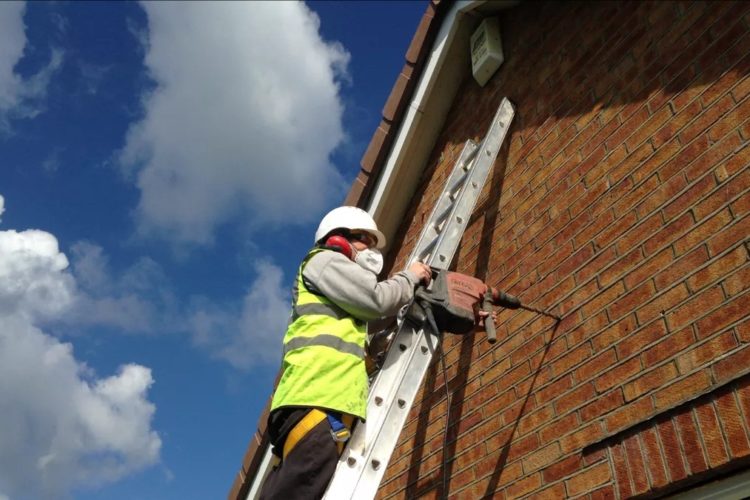Around 35% of all heat lost in a home that is not insulated escapes through its walls. If you insulate the walls, you can get smaller heating bills, help the environment by saving power and enjoy a home that is always warm.
You can also expect the knock-on effects of not having a cavity wall insulation fitted to be disrupting your quality of life: things like rising damp, occupants feeling cold and unhealthy and guests avoiding visiting you as they might feel the cold when entering your home.
Generally speaking, homes built from 1991 onwards were built with cavity walls and had insulation fitted as part of the new build process in construction. If your home was built before the 1990s, it is highly likely the cavity walls were left without insulation.
Very old homes (those built before 1920) would have been built with just a solid wall. There is a solid wall insulation service that can be carried and installed by specialists but if your home does not have a cavity wall insulation, then you should seriously consider getting one.
So, What Exactly is a Cavity Wall?
Homes in Britain that were built after 1920 will have a cavity wall. It was made a mandatory feature in the home construction business by local government and private builders.
Essentially a cavity wall is one where two walls run parallel to one another and a gap is left in the middle of these two walls. One leaf (wall) is made up of bricks (this is what we see as the outer wall and on show to the outside, and the other (interior wall leaf) is made up of concrete or a type of breeze block. The gap is known as the “cavity”.
Many homes built in the 1990s were built with a cavity wall and were insulating during the build process. Some of these homes now are pushing on to be older than quarter of a century and much of the insulation could now be rendered ineffective.
But how would a homeowner know whether the current insulation is working to great effect? InstaGroup Homes are a solid wall and cavity wall insulation business that will carry out surveys on homes to determine whether the current fibres placed in the cavities are still fit for purpose.


